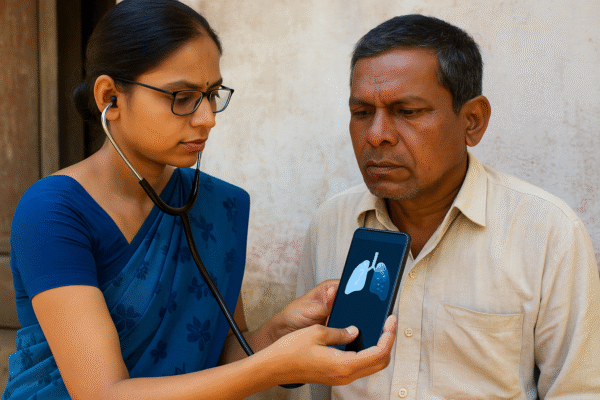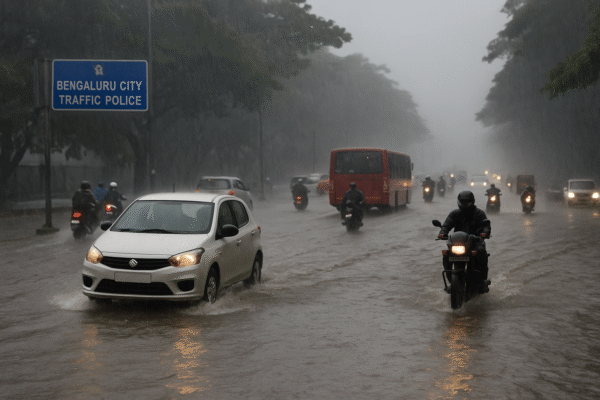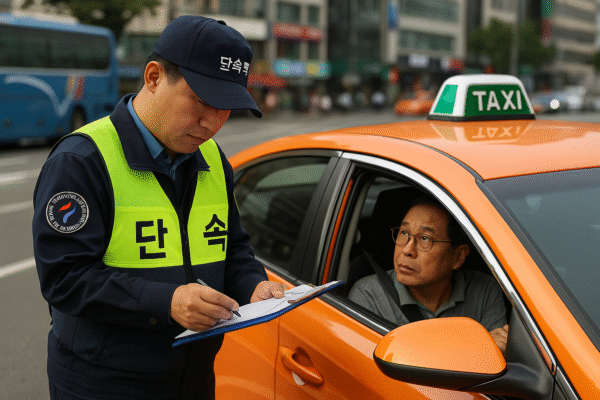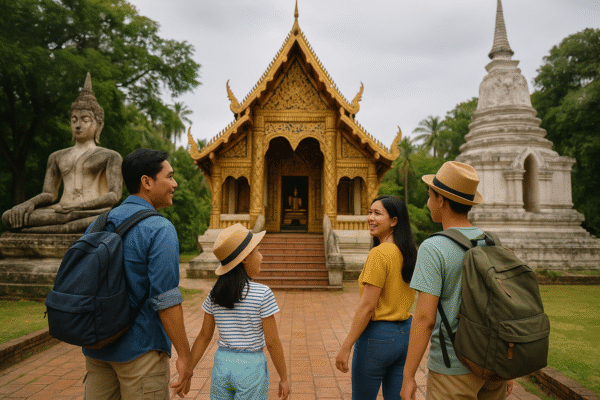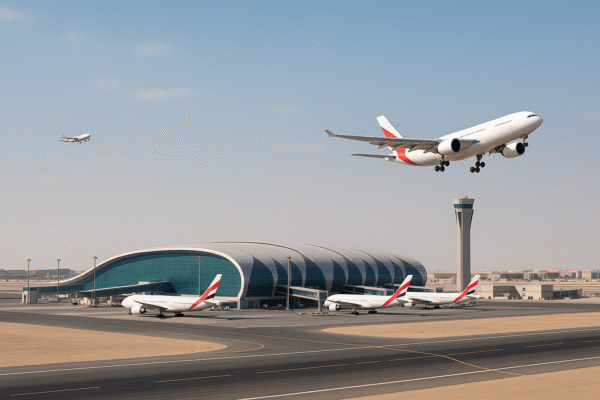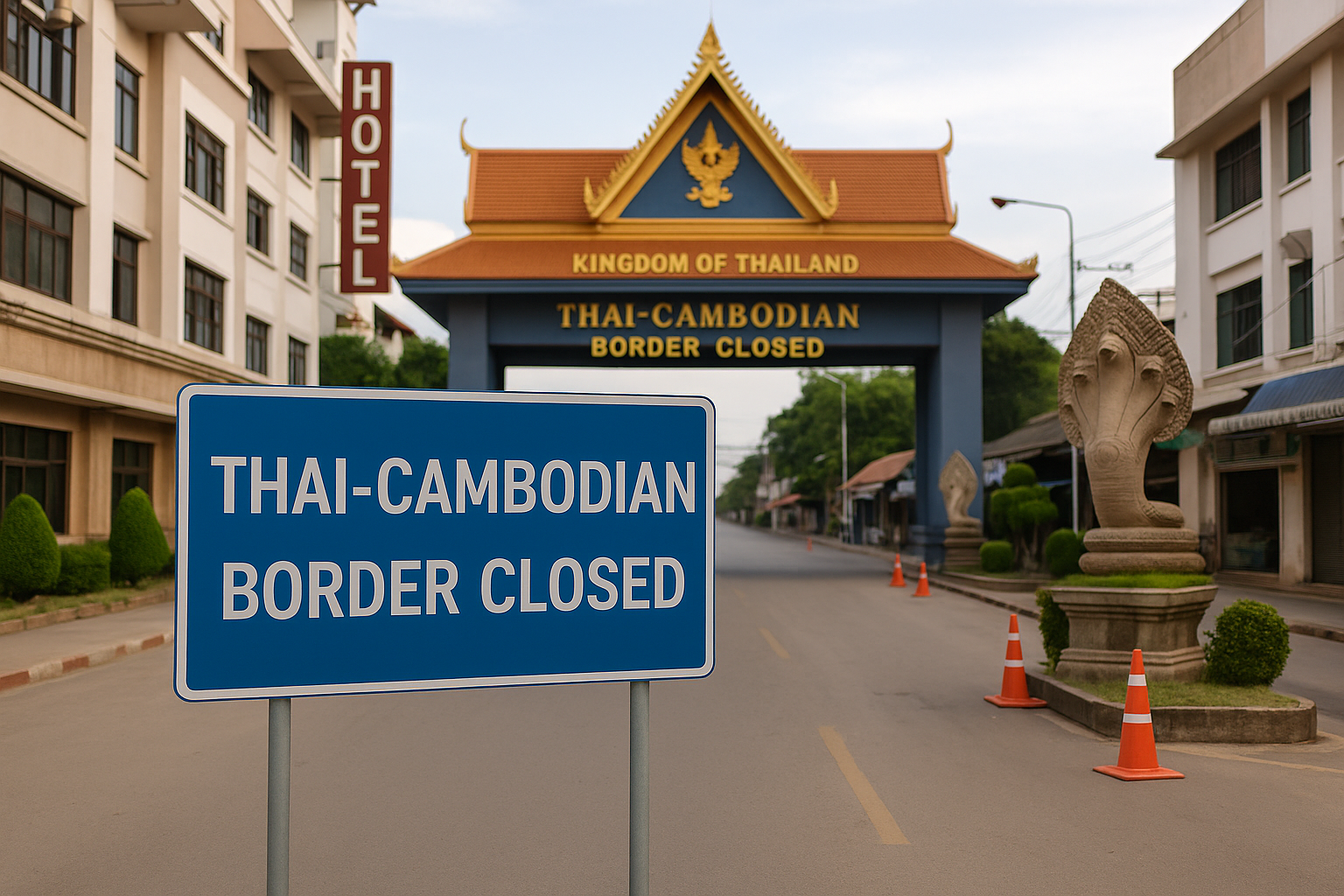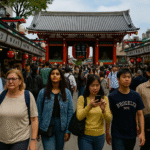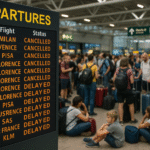Border Shutdown Slashes Cross-Border Tourism as Aranyaprathet Hotels Struggle with Occupancy Decline
Aranyaprathet, Thailand — The temporary closure of key checkpoints along the Thai-Cambodian border has led to a significant 43% decline in daily tourist arrivals, dealing a blow to local tourism economies—especially in Aranyaprathet, a bustling border town in Sa Kaeo Province.
The drop, reported by the Tourism Authority of Thailand (TAT), highlights the far-reaching impact of regional geopolitical or logistical disruptions on localized tourism-dependent economies. Aranyaprathet, located near the Ban Khlong Luek border checkpoint, has experienced a marked decrease in hotel bookings as both inbound Cambodian tourists and outbound Thai travelers cancel or delay their trips.
Tourism Impact in Numbers
According to data from TAT, the average number of Cambodian tourists visiting Thailand fell from 1,500 to 1,200 per day following the June 7, 2025, checkpoint closure—marking a sharp 43% drop in less than a week. This has particularly affected short-stay transit routes used by international travelers heading to Siem Reap or Phnom Penh via land.
The situation also reflects a broader trend: Cambodian tourist arrivals to Thailand dropped by 5% in 2024, totaling 553,060 visits. The first five months of 2025 indicate a further 14% year-on-year decline, signaling a sustained decrease in cross-border tourism amid travel restrictions.
Aranyaprathet: From Gateway to Quiet Town
Hotels and guesthouses in Aranyaprathet, which traditionally benefit from overnight visitors en route to Cambodia, are now seeing sparse bookings. These properties commonly serve tourists from Thailand, Cambodia, and regional countries like Indonesia. With limited cross-border movement, occupancy has plummeted, leading to financial strain on local operators.
A local hotelier in Aranyaprathet noted, “We normally rely on transit tourists. But now, with the Ban Khlong Luek crossing closed, there’s little footfall. Even domestic tourists are skipping stops here.”
Ubon Ratchathani Remains Resilient
Unlike Aranyaprathet, Ubon Ratchathani—another province sharing a border with Cambodia—has seen only minimal disruptions. Sites like the Phu Prasat Historical Park remain open and continue to attract a mix of domestic travelers and occasional international visitors.
Local tourism officers in Ubon Ratchathani have confirmed that the steady flow of Thai tourists from neighboring provinces has helped offset any potential losses from Cambodian travel restrictions. While there was early concern due to proximity to the border, that sentiment has eased.
“Domestic travelers are still coming in for cultural and historical attractions. The fear of conflict or shutdown was overblown, and the region has returned to near-normal,” a local TAT representative in Ubon said.
Surin and Trat Remain Calm
Provinces such as Surin and Trat, also near border zones, have not reported significant disturbances. Tourists and local stakeholders appear to be accustomed to such temporary closures, particularly given the existing infrastructure for border security and contingency planning.
In fact, the TAT regional offices across Surin, Ubon Ratchathani, Trat, and Sa Kaeo have all reported that no special security protocols have been introduced beyond existing border management measures. This suggests that the situation, while impactful in certain localities like Aranyaprathet, is not seen as a nationwide tourism emergency.
Reasons Behind the Border Closure
While the Thai government has not specified the full scope of reasons behind the closure, it is understood to involve security and immigration concerns at several smaller land crossings. The Ministry of Tourism and Sports has coordinated with the Interior and Immigration departments to ensure traveler safety while maintaining communication with Cambodian authorities.
Both nations share over 800 kilometers of land border, with several formal and informal checkpoints facilitating daily cross-border trade and travel. The closure of even a few of these points can have disproportionate effects on local economies.
Industry Outlook: Recovery Hinges on Reopening
The travel and tourism sector in eastern Thailand—particularly in towns like Aranyaprathet—relies heavily on smooth land-based connectivity. With the temporary halt, TAT and local business chambers are now advocating for a phased reopening, especially at strategic checkpoints such as Ban Khlong Luek.
Tour operators have also begun exploring domestic-focused campaigns to mitigate losses, offering discounted packages for weekend trips and staycations in Sa Kaeo and neighboring provinces.
Despite this, long-term recovery may depend on consistent border policy and renewed confidence among both Cambodian and Thai travelers.
Conclusion
The Thai-Cambodian border closure has underscored the fragility of regional tourism hubs reliant on land-based access. While the broader Thai tourism sector remains robust—buoyed by strong domestic movement and international air arrivals—the challenges faced by Aranyaprathet and similar border towns highlight the importance of diversified travel strategies and infrastructural resilience.
As authorities work toward resolving border control issues, tourism stakeholders are hopeful that the affected regions will soon return to pre-closure activity levels, particularly with the upcoming travel season on the horizon.
For more travel news like this, keep reading Global Travel Wire


